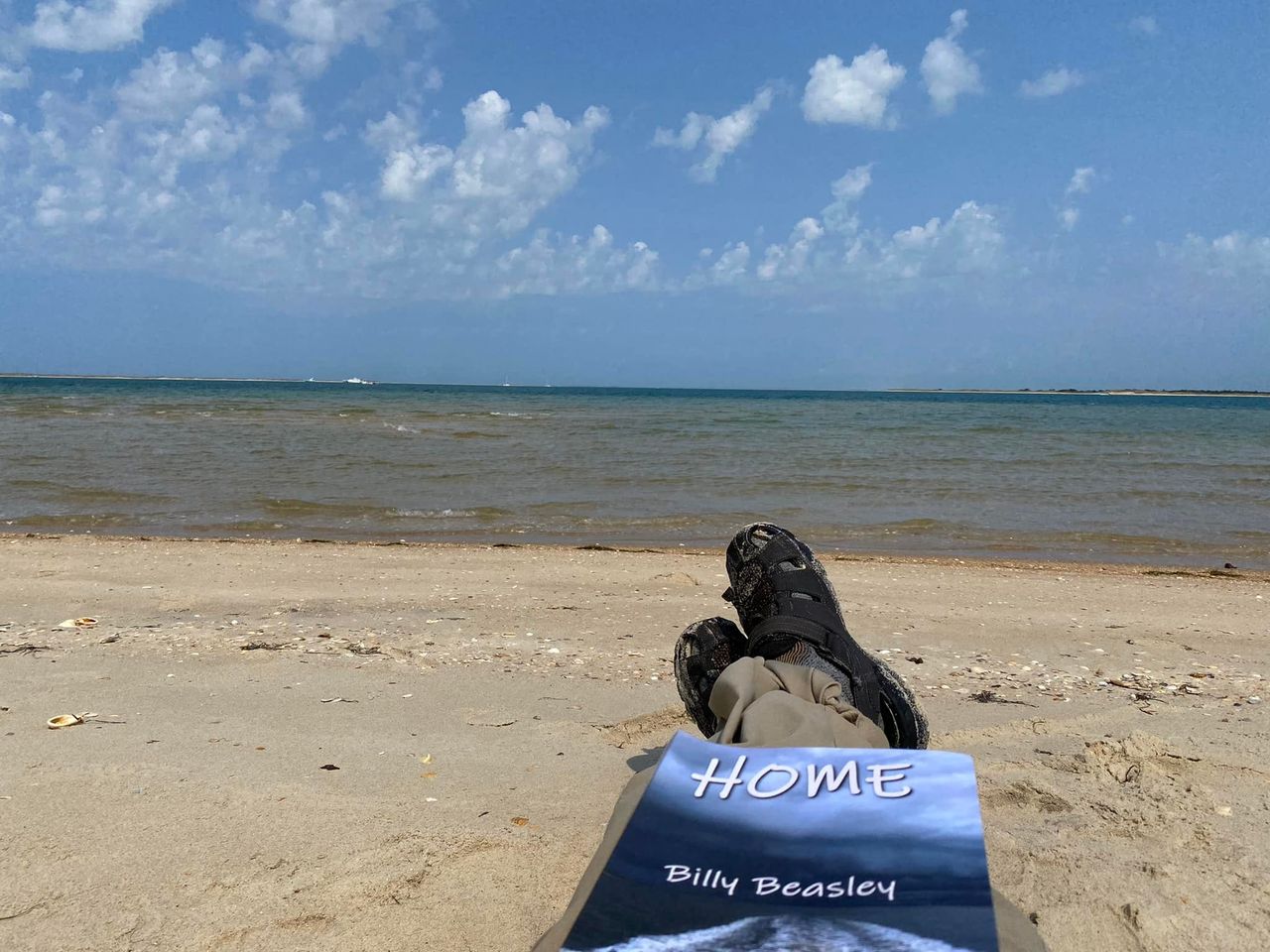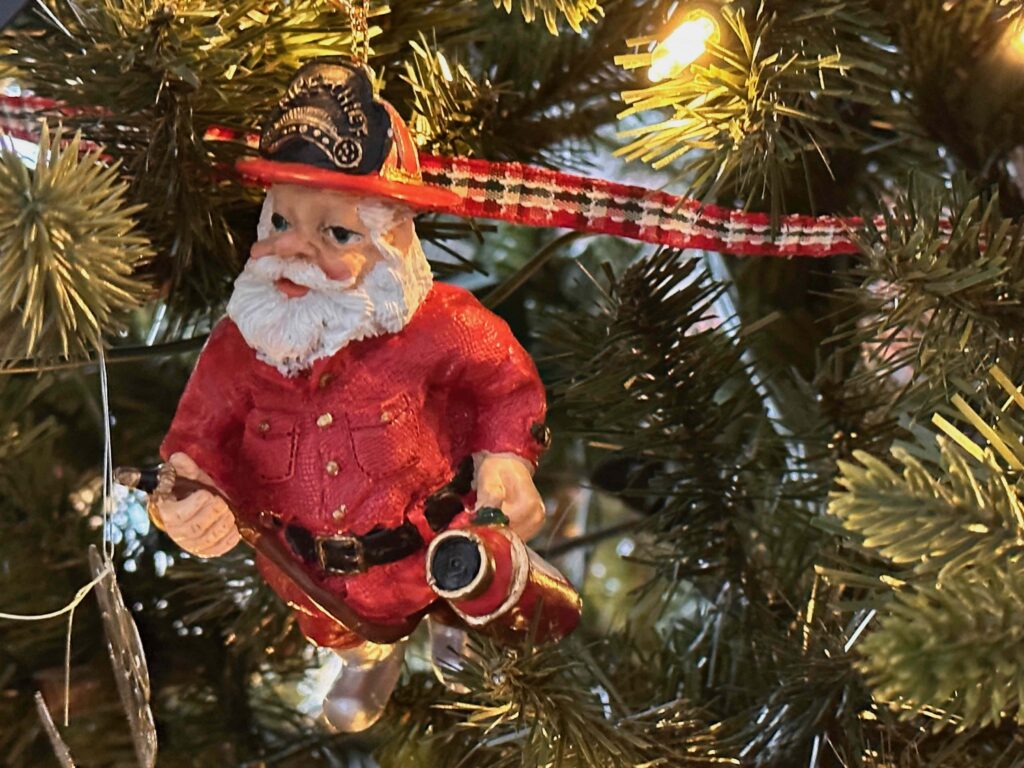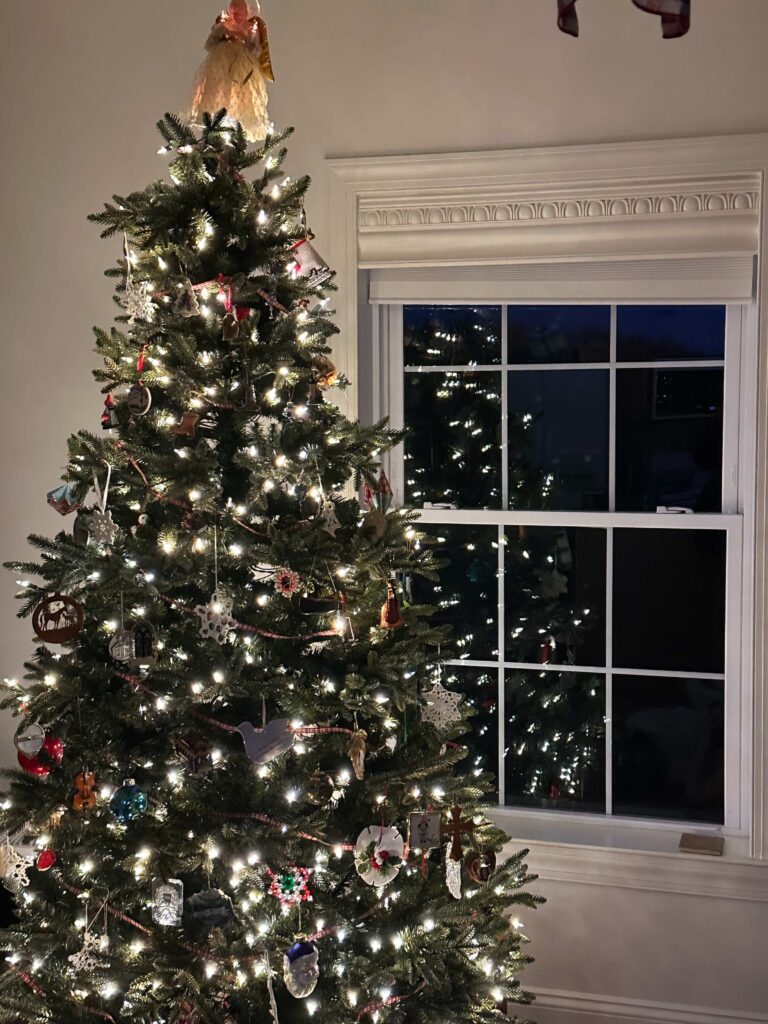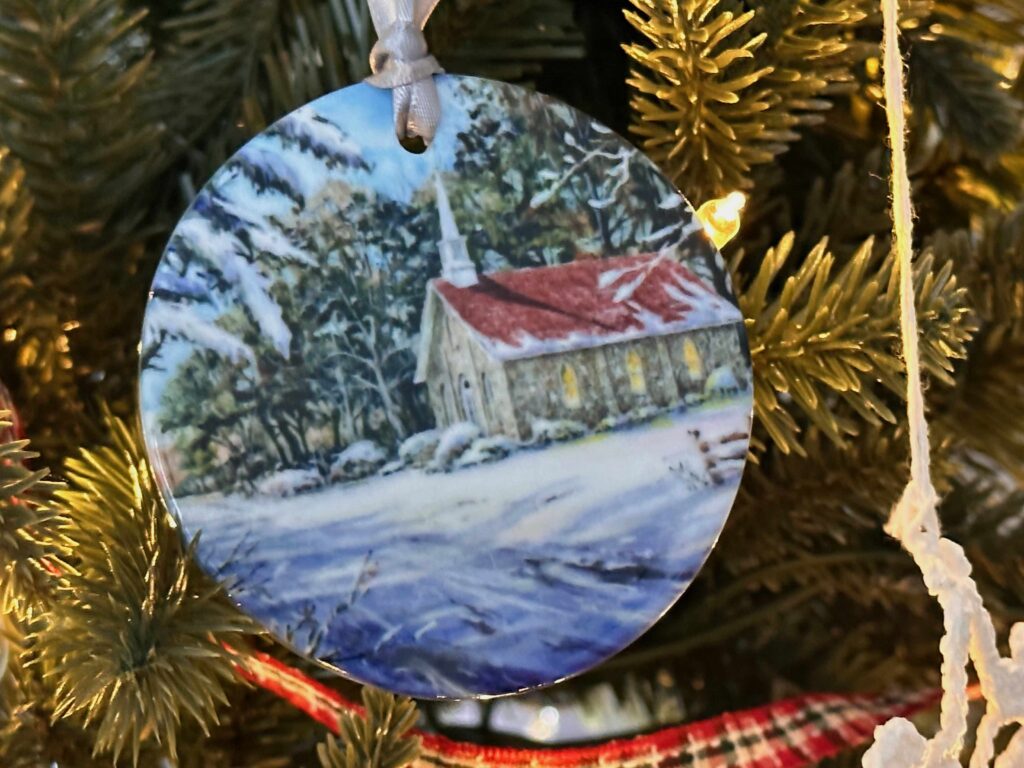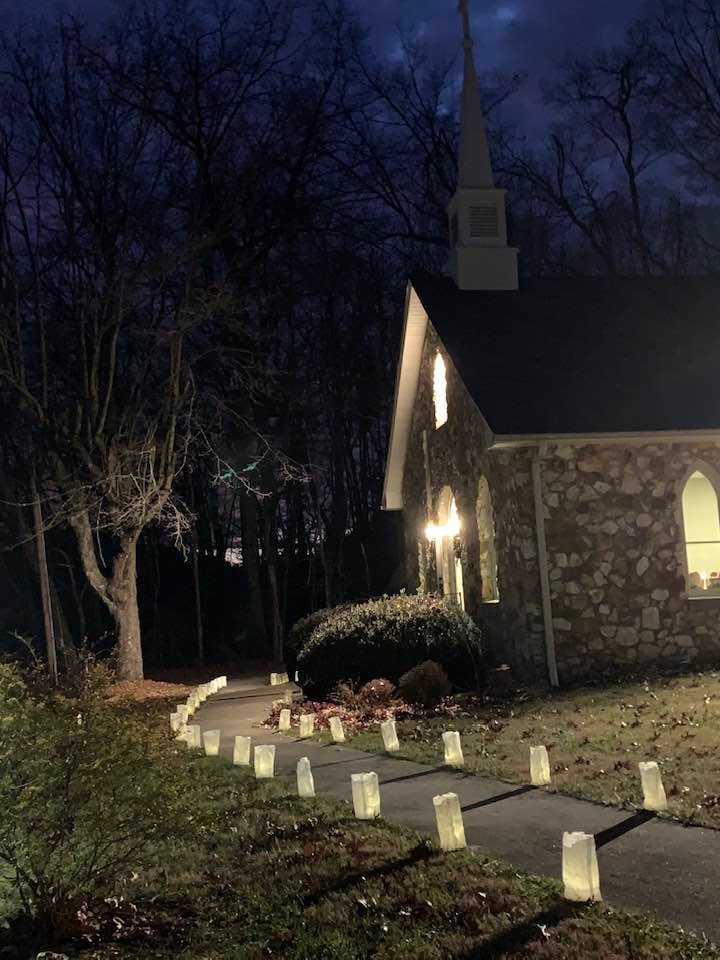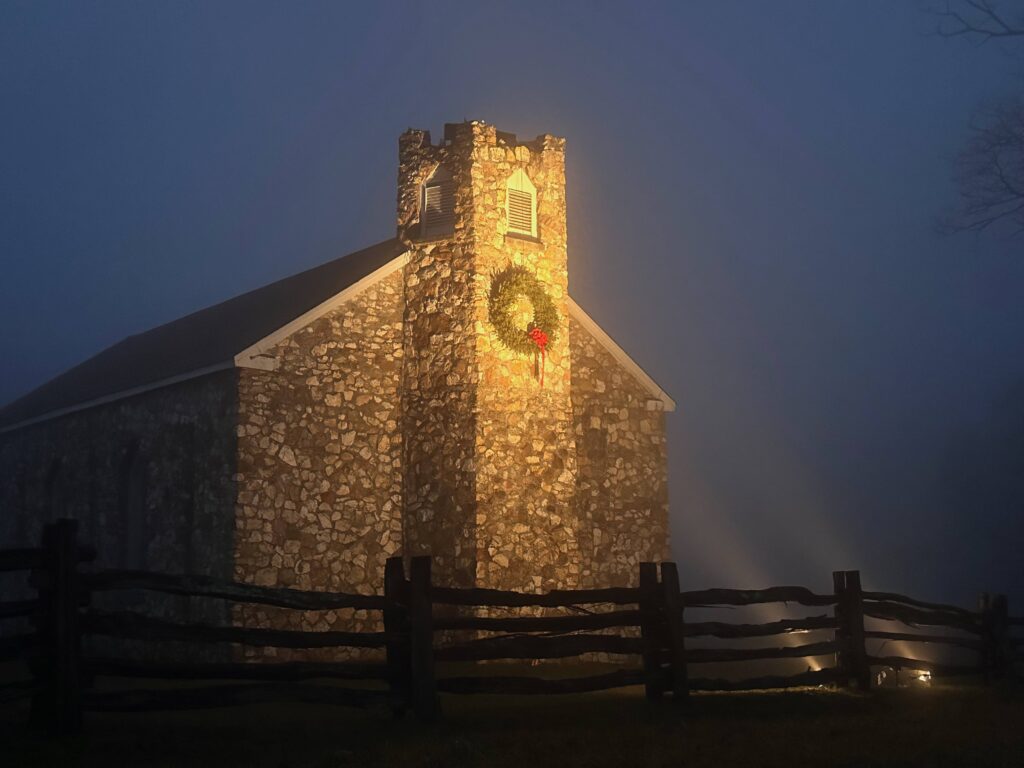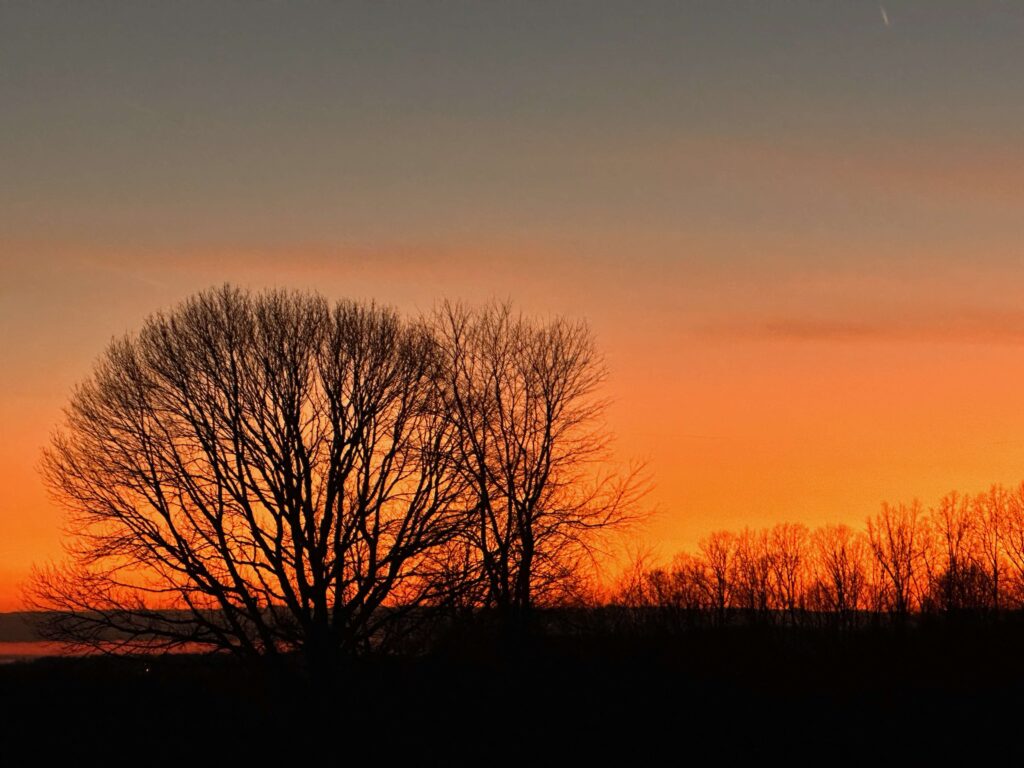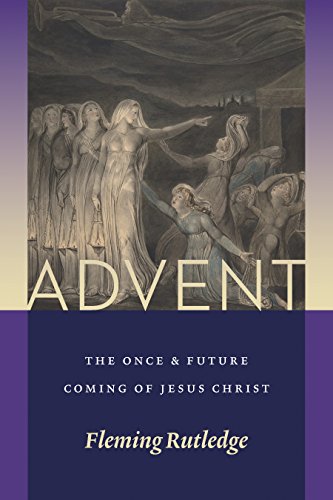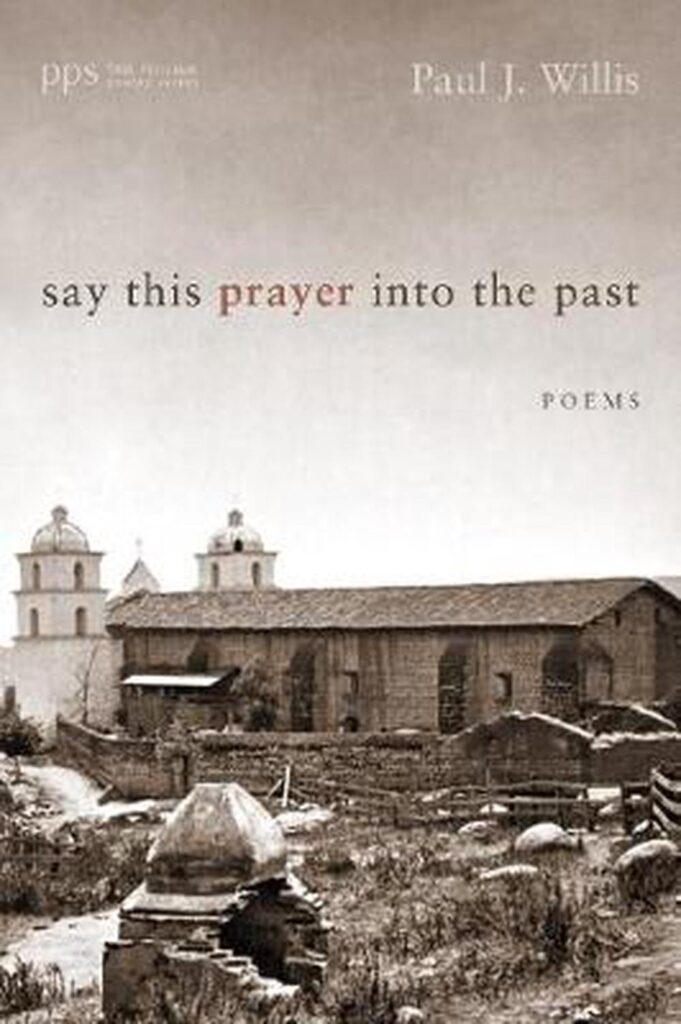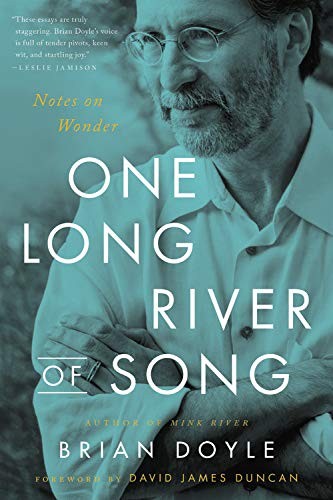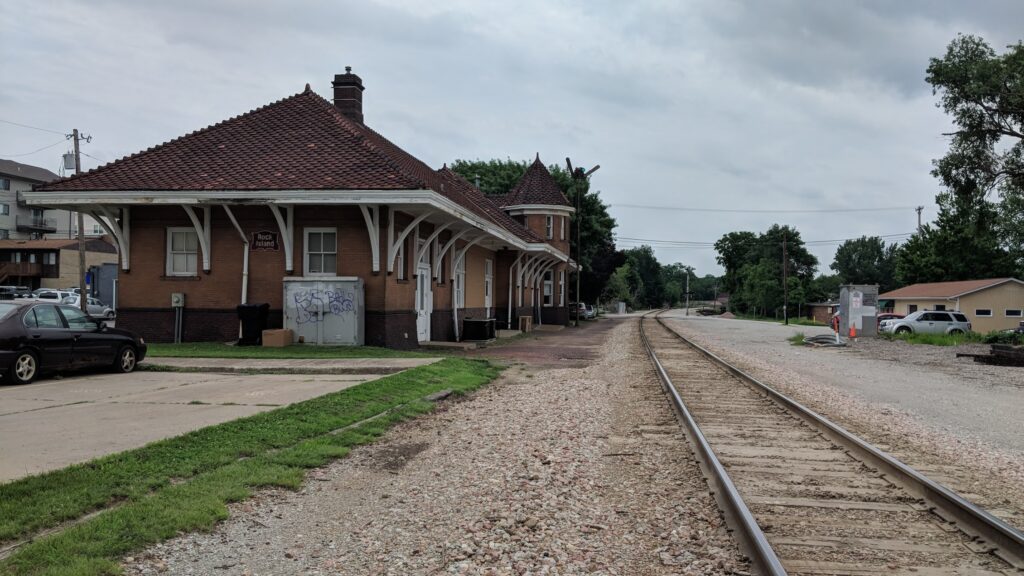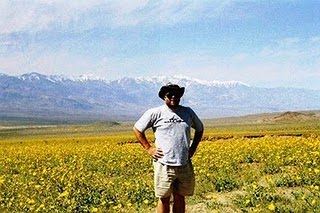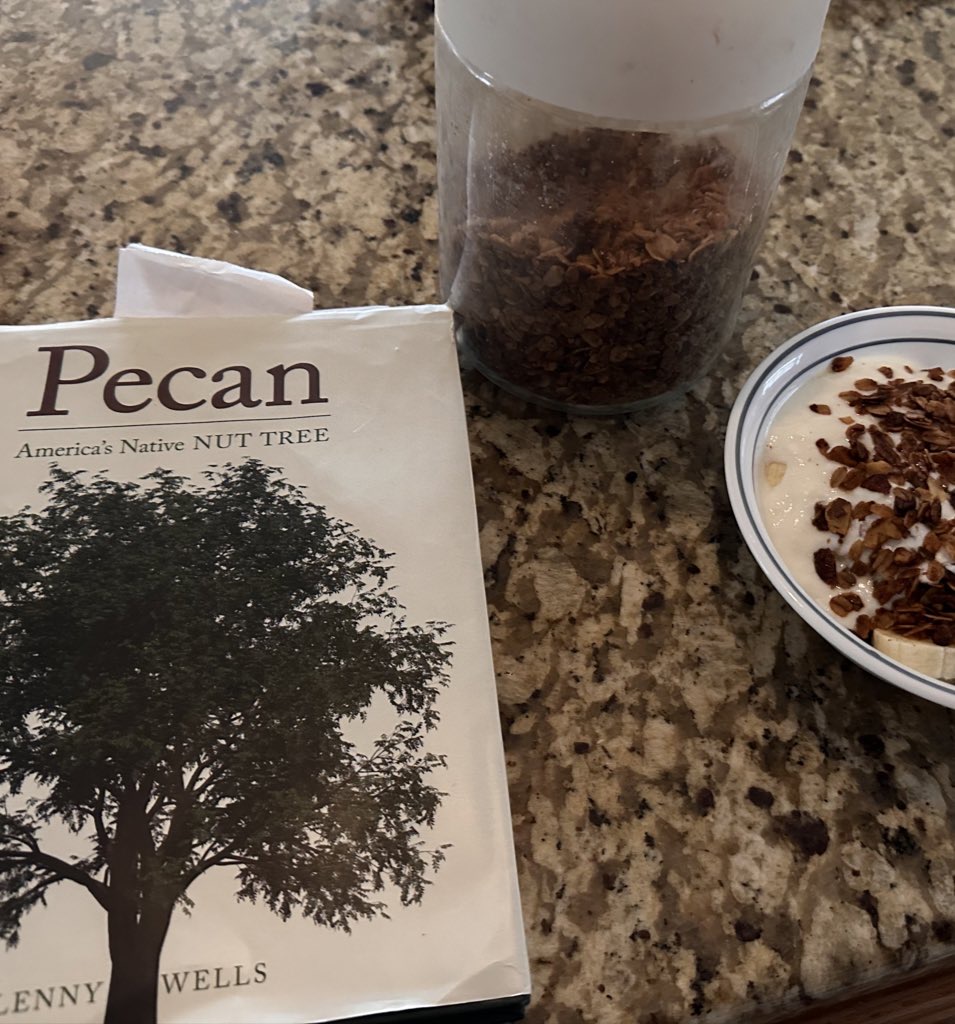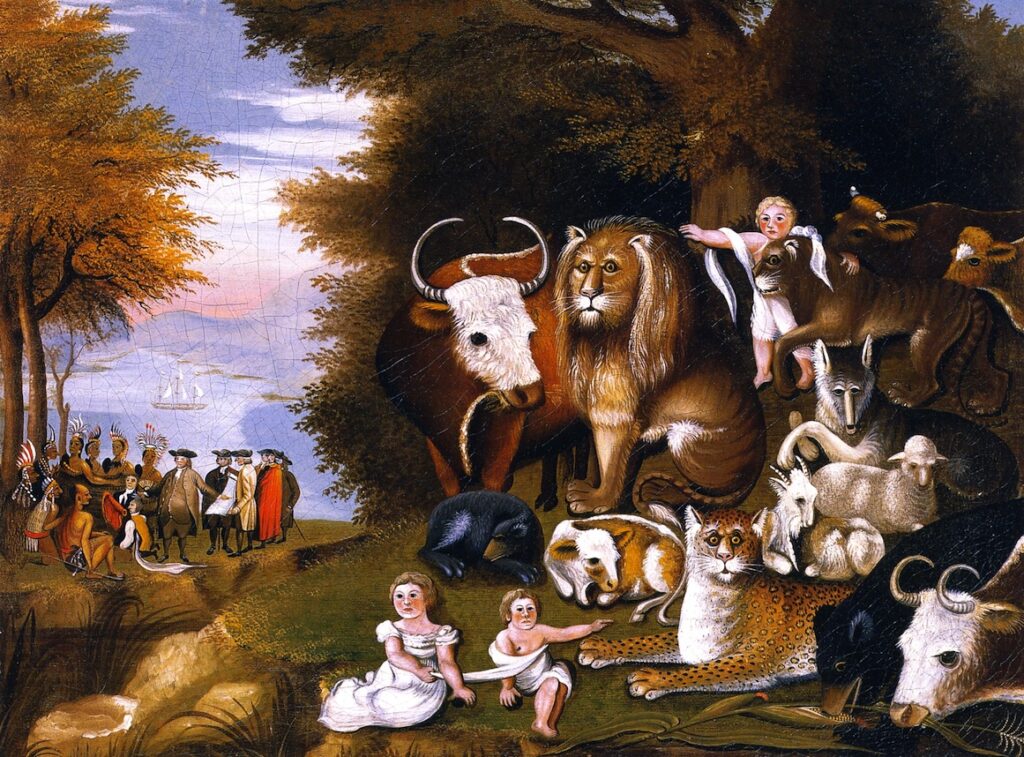The Statistics
| 2022 | 2021 | |
| Total | 53 | 54 |
| Fiction | 4 | 8 |
| Poetry (and about poetry) | 6 | 5 |
| History/Biographies | 17 | 13 |
| Theology and ministry[1] | 22 | 16 |
| Essays/Short Stories | 3 | 8 |
| Humor | 1 | 4 |
| Nature | 9 | 6 |
| Politics | 3 | 3 |
| Memoirs | 11 | 10 |
| Writing (how to) | 2 | 2 |
| Titles by women | 7 | 14 |
| Read via Audible (I only read unabridged) | 20 | 20 |
| Books reviewed (I may review 2-3 more in 2023) | 35 | 30 |
Summary
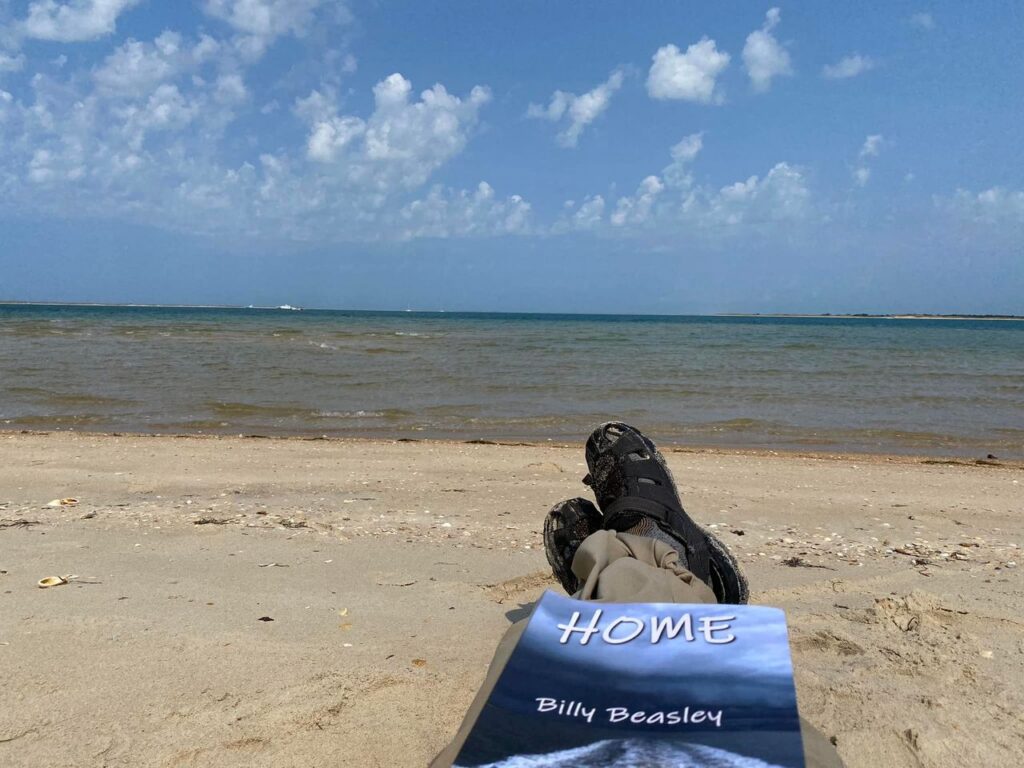
Many of the books appear in more than one category, so they don’t add up to the total.
Last year I said I needed to read more fiction and humor and I read even less this year. Maybe that says something about 2022. There wasn’t a lot of humor to the year. I certainly need to laugh more!
I’ve questioned myself as to why I am not reading more fiction. I think the answer is that I am curious about so much and most of my reading is for knowledge.
I started tracking the number of books written by women authors this year. Interestingly, I read more last year, but this year I chose Anne Applebaum’s Red Famine as the most important book I’ve read. We all need to better understand the situation in Ukraine and her book on the Ukrainian famine in the 1930s helps us understand the present situation.
Books read by the Month
Below is my list by month. The highlighted books are ones I reviewed. Click on the link to go to the blog post where you can find the review. Like last year, I have picked my favorite of each month by posting a photo of the book. This I found hard. In March, Applebaum was up against Candice Millard, both incredible historians. In April, Updike’s novel, In the Beauty of the Lilies was up against the writings of the Anglican poet Malcom Guite. Then in May, I had to choose between a wonderful biography of Fredrick Laws Omstead and Trish Warren’s lovely commentary on the compline prayer. In August, the choice between Carver’s poetry, Herman’s philosophy, and Doig’s wonderful storytelling also created a challenge as did my November decision between Meacham and Doyle. What all this shows is that I read a lot of good books in 2022!
January
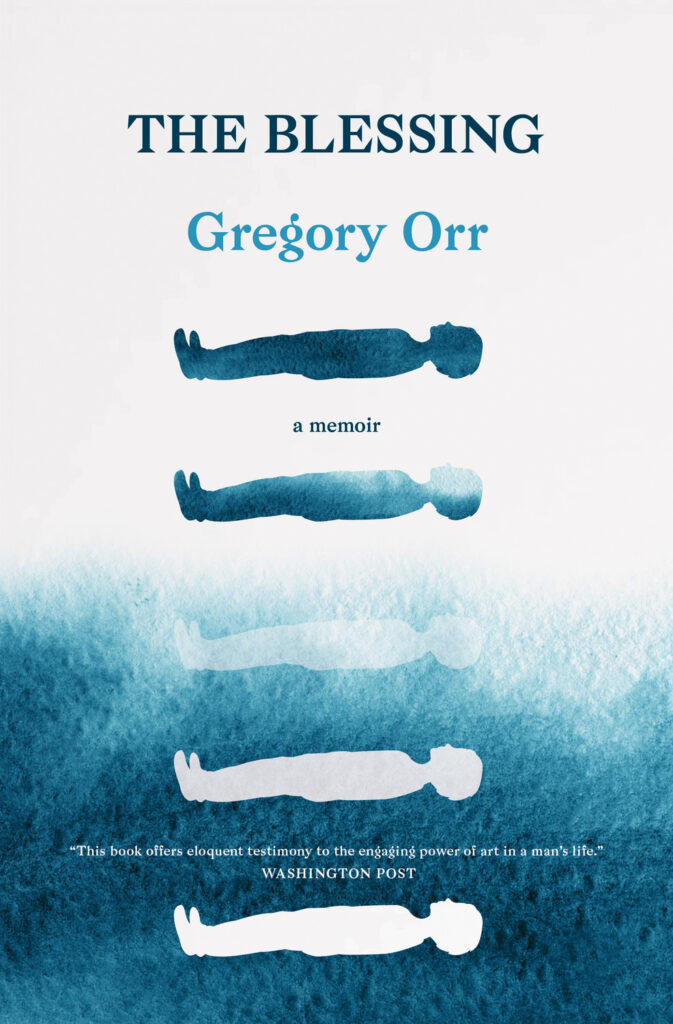
Helen MacDonald, H is for Hawk
C. S. Lewis, Mere Christianity (2nd reading, first in 1978)
Gregory Orr, The Blessing: A Memoir
Daniel Allen Butler, The Other Side of the Night: The Carpathian, the Californian, and the Night the Titanic was Lost
February
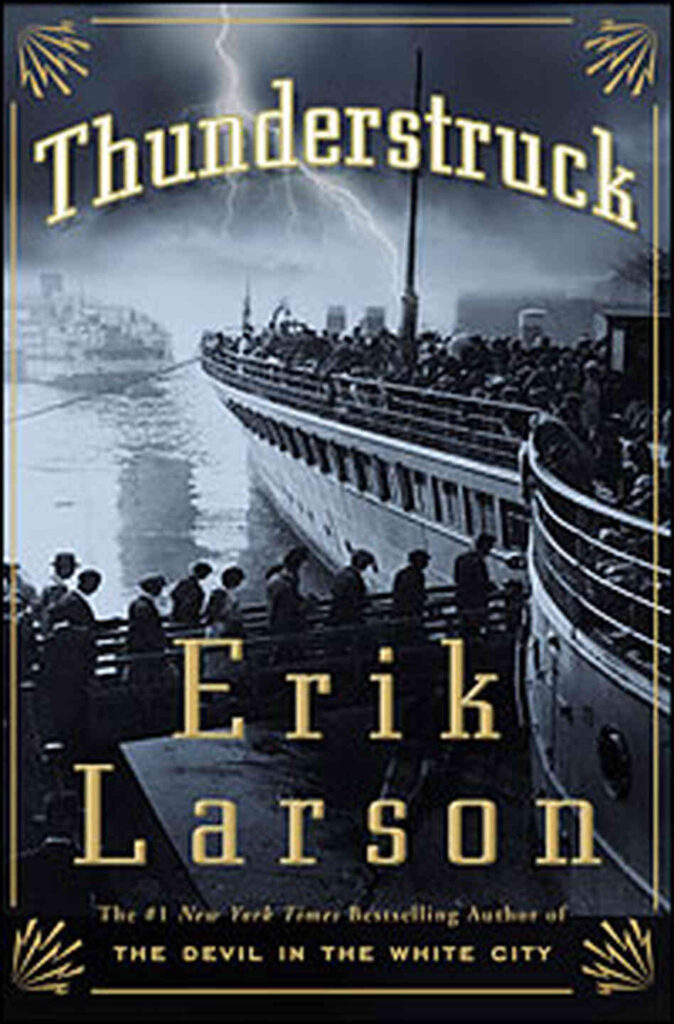
Sibley Towner, Daniel: Interpretation
Dane Ortlund, Gentle and Lowly: The Heart of Christ for Sinners and Sufferers
Erik Larson, Thunderstruck
Temper Longman III, Daniel: The NIV Application Bible Commentary
Thich Nhat Hanh, Peace is Every Step: The Path of Mindfulness in Everyday Life
Jackson Crawford, translator, The Poetic Edda: Stories of the Norse Gods and Heroes
March
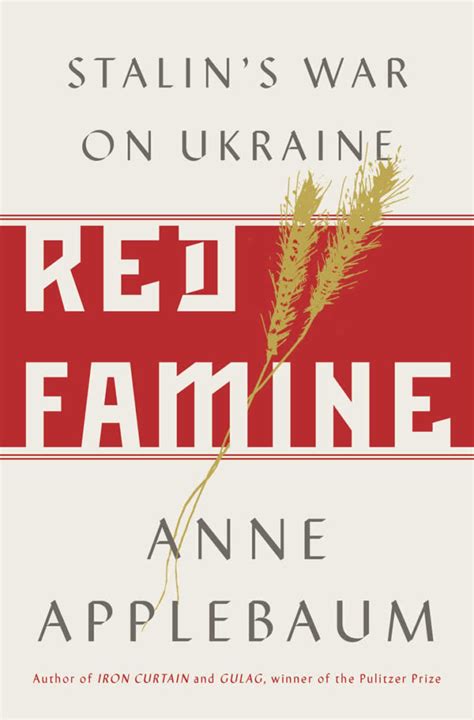
Candice Millard, Destiny of the Republic: A Tale of Madness, Medicine, and the Murder of a President
Lawrence Berkove, Heretical Fiction: Religion in the Literature of Mark Twain
Peter Yang, The Art of Writing
Robert Creamer, Baseball in ’41: A Celebration of the Best Baseball Season Ever
Anne Applebaum, Red Famine: Stalin’s War on Ukraine
Jason Young, The Comeback Effect: How Hospitality Can Compel Your Church’s Guests to Return
April
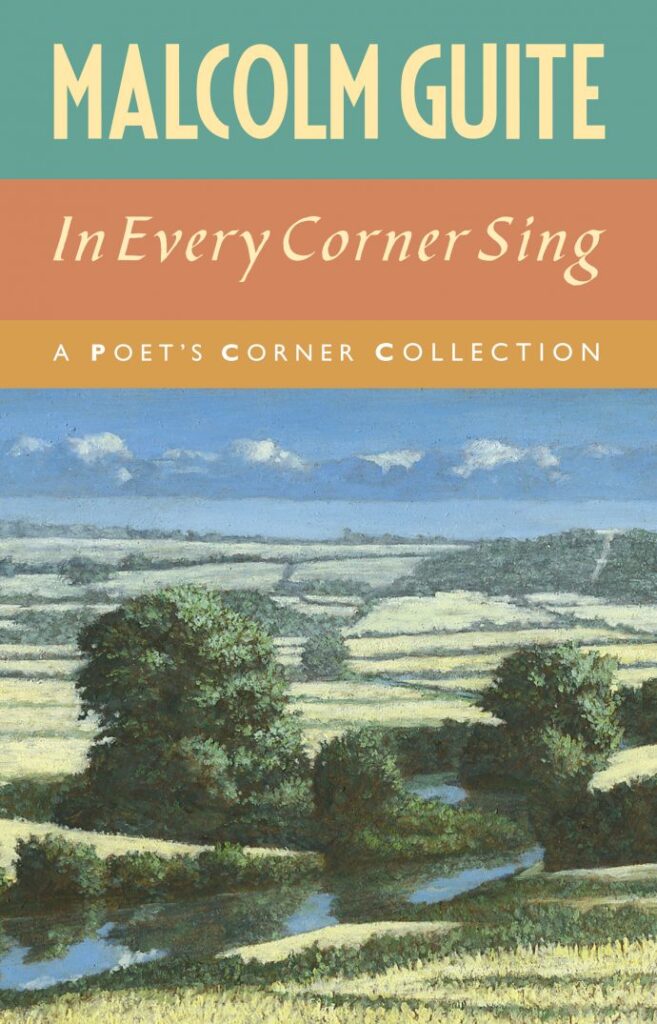
Rick Bragg, Where I Come From: Stories from the Deep South
Malcolm Guite, In Every Corner Sing:
John Updyke, In the Beauty of the Lilies
Mark Jarman, Dailiness: Essays on Poetry
May
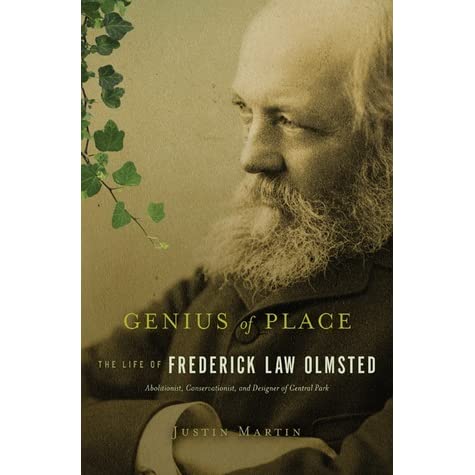
Hannah Anderson, Humble Roots: How Humility Grounds and Nourishes Your Soul
Billy Beasley, Home
Justin Martin, Genius of Place: The Life of Frederick Law Olmsted
Tish Harrison Warren, Prayer in the Night: For Those Who Work or Watch or Weep
June
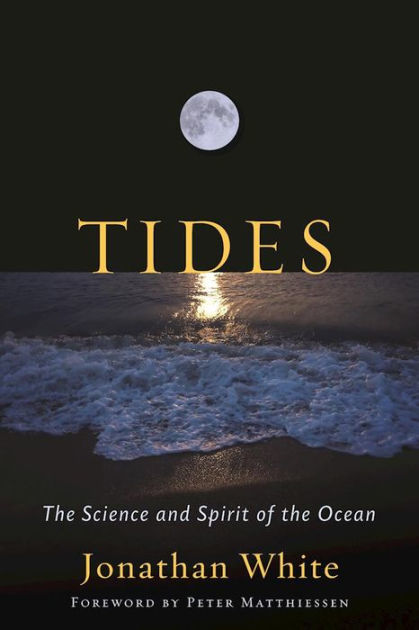
Shawn D. Wright, Theodore Beza: The Man and the Myth
Anne Applebaum, Twilight of Democracy: The Seductive Lure of Authoritarianism
Jonathan White, Tides: The Science and Spirit of the Ocean
July

Andy Stanley, Not In It To Win It: Why Choosing Sides Sidelines the Church
Rick Bass, Why I Came West: A Memoir
James R. Edwards, From Christ to Christianity: How the Jesus Movement Became the Church in Less than a Century
August
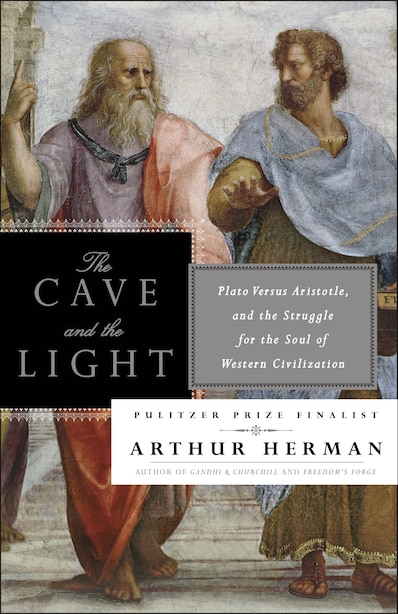
Raymond Carver, All of Us: The Collective Poems
Arthur Herman, The Cave and the Light: Plato verses Aristotle and the Struggle for Soul of Western Civilization
Ivan Doig, The Bartender’s Tale
Peter Enns, The Sin of Certainty: Why God Desires Our Trust More than Our “Correct” Beliefs
Aaron McAlexander, This Old Store
September

Bob Lantz, Lean Downstream! The Whole History from the Beginning to the End of the Blue Hole Canoe Company
John Bunyan, The Pilgrim’s Progress
John Steinbeck, The Log from the Sea of Cortez
Robert Maguire, Commentary on John Bunyan’s The Pilgrim’s Progress
Winn Collier, A Burning in My Bones: The Authorized Biography of Eugene Peterson
N. T. Wright, The Lord and His Prayer
October
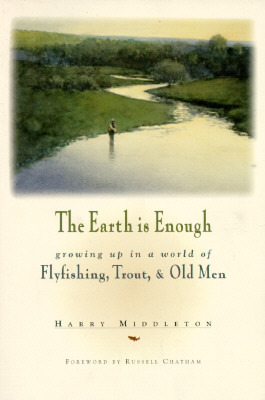
David Halberstan, October 1964
Paul Willis, Say this Prayer into the Past: Poems
Charles Leerhser, Ty Cobb: A Terrible Beauty
Harry Middleton, The Earth is Enough: Growing Up in a World of Flyfishing, Trout, and Old Men.
November

Jon Meacham, And There was Light: Abraham Lincoln and the American Struggle
Willimon & Hauerwas, Lord, Teach Us: The Lord’s Prayer & the Christian Life
John Oller, The Swamp Fox: How Frances Marion Saved the American Revolution
Brian Doyle, One Long River of Song: Notes on Wonder for the Spiritual and Nonspiritual Alike
Carrot Quinn, The Sunset Route: Freight Trains, Forgiveness, and Freedom on the Rails in the American West
December
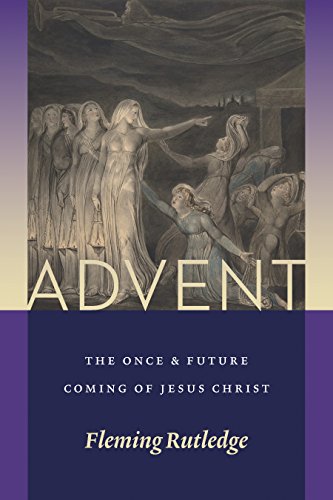
Lenny Wells, Pecan: America’s Native Nut Tree
Fleming Rutledge, Advent: The Once and Future Coming of Jesus Christ
Ben Montgomery, Grandma Gatewood’s Walk
Best Book over all:
Anne Applebaum, , Red Famine: Stalin’s War on Ukraine
Runner Ups:
Candice Millard, Destiny of the Republic: A Tale of Madness, Medicine, and the Murder of a President
Arthur Herman, The Cave and the Light: Plato verses Aristotle and the Struggle for Soul of Western Civilization
Jon Meacham, And There was Light: Abraham Lincoln and the American Struggle
Harry Middleton, The Earth is Enough: Growing Up in a World of Flyfishing, Trout, and Old Men
Fleming Rutledge, Advent: The Once and Future Coming of Jesus Christ
Blog Friends Yearly Reading List
A bunch of year end reading lists
I’ll add more as I see them. Let me know if you have a 2022 reading summary and I’ll post it here.
Click here for my reading list from 2021 and from 2020
Did you have a favorite book that you read last year? What’s the title and why did you like it?
[1] This section includes devotional books and commentaries that were completely read as opposed to those just used for reference.

